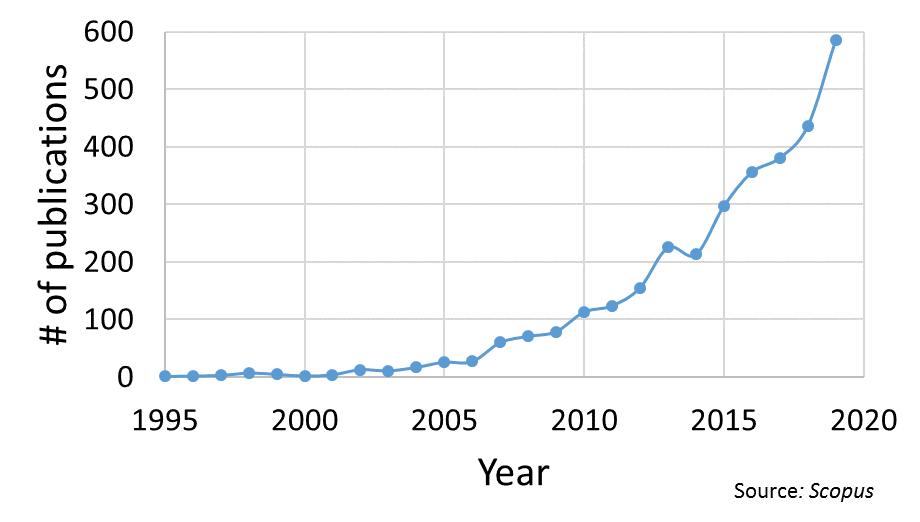Recent Advances in Self-Healing Polymers
A special issue of Polymers (ISSN 2073-4360). This special issue belongs to the section "Polymer Networks".
Deadline for manuscript submissions: closed (31 January 2021) | Viewed by 38355
Special Issue Editors
Interests: self-healing; supramolecular polymers; iCVD; thin films
Special Issues, Collections and Topics in MDPI journals
Interests: elastomers; self-healing; nano(composite) materiales; dielectric spectroscopy
Special Issues, Collections and Topics in MDPI journals
Special Issue Information
Dear Colleagues,

Self-healing polymers have been of great research interest for the last 20 years, evidenced by the unquestionable increasing number of publications in recent years. While self-healing is an ubiquitous feature in nature, it is challenging to engineer into synthetic materials. In polymer science, several strategies are used to achieve self-healing: reversible covalent bonds, dynamic physical bonds, incorporation of unreacted monomer/catalyst/solvent combinations in microcapsules and channels. There has already been a lot of work on incorporating self-healing strategies in thermoplastics, thermosets and elastomers. The basic challenge remains to ensure sufficient mobility and dynamic behavior in the material while retaining mechanical robustness for the intended application.
The scope of this special issue is recent advances and trends in self-healing polymers. We invite submissions from researchers working on the latest breakthroughs in this field. Topics could involve (but are not limited to) chemical synthesis, mechanical testing, routes for scale-up, and specific applications of self-healing polymers. Some specific topics to consider could be use of bio-based monomers/polymers, strategies to overcome manufacturing/scale-up challenges, contributions of physical and chemical aspects of a self-healing polymer, and successful applications of these materials. Research related to the inclusion of self-healing concepts into the circular economy principle is also of interest.
Research articles, review articles, perspectives, as well as communications and letters are all invited. Submitted manuscripts should not have been published previously nor be under consideration for publication elsewhere. All manuscripts will be refereed through a peer-review process. A guide for authors and detailed information for the submission of manuscripts are available on the journal website.
Dr. Ranjita K. Bose
Dr. Marianella Hernández Santana
Guest Editors
Manuscript Submission Information
Manuscripts should be submitted online at www.mdpi.com by registering and logging in to this website. Once you are registered, click here to go to the submission form. Manuscripts can be submitted until the deadline. All submissions that pass pre-check are peer-reviewed. Accepted papers will be published continuously in the journal (as soon as accepted) and will be listed together on the special issue website. Research articles, review articles as well as short communications are invited. For planned papers, a title and short abstract (about 100 words) can be sent to the Editorial Office for announcement on this website.
Submitted manuscripts should not have been published previously, nor be under consideration for publication elsewhere (except conference proceedings papers). All manuscripts are thoroughly refereed through a single-blind peer-review process. A guide for authors and other relevant information for submission of manuscripts is available on the Instructions for Authors page. Polymers is an international peer-reviewed open access semimonthly journal published by MDPI.
Please visit the Instructions for Authors page before submitting a manuscript. The Article Processing Charge (APC) for publication in this open access journal is 2700 CHF (Swiss Francs). Submitted papers should be well formatted and use good English. Authors may use MDPI's English editing service prior to publication or during author revisions.
Keywords
- Self-healing polymers
- dynamic bonds
- reversible interactions
- autonomous healing
- thermoreversible networks
- polymer mobility
- dual networks
- self-healing composites
- circular economy
Benefits of Publishing in a Special Issue
- Ease of navigation: Grouping papers by topic helps scholars navigate broad scope journals more efficiently.
- Greater discoverability: Special Issues support the reach and impact of scientific research. Articles in Special Issues are more discoverable and cited more frequently.
- Expansion of research network: Special Issues facilitate connections among authors, fostering scientific collaborations.
- External promotion: Articles in Special Issues are often promoted through the journal's social media, increasing their visibility.
- e-Book format: Special Issues with more than 10 articles can be published as dedicated e-books, ensuring wide and rapid dissemination.
Further information on MDPI's Special Issue polices can be found here.







